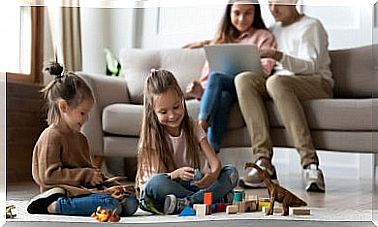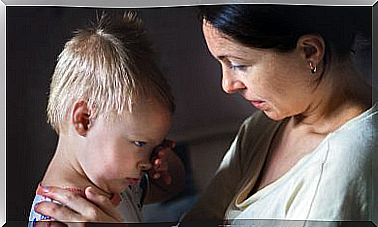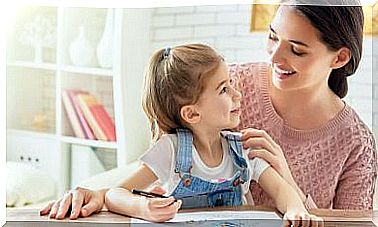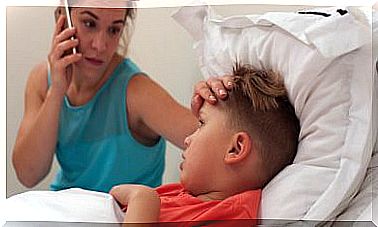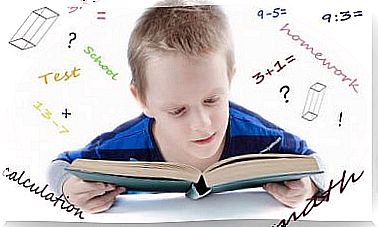Keys To Implement STEAM Education In The Classroom
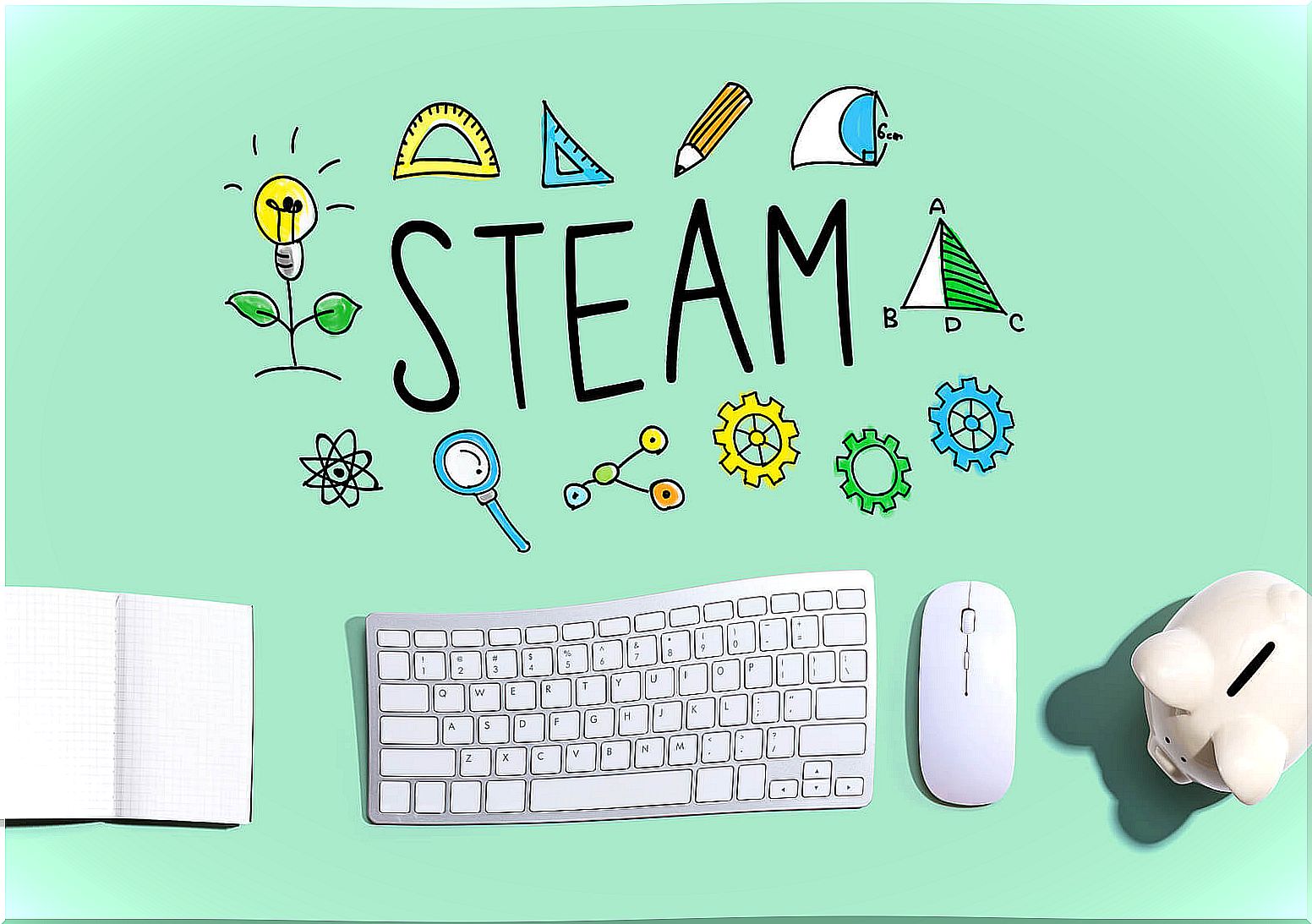
Implementing STEAM education in the classroom is challenging. But this is possible with a gradual and adaptive process in the schools that decide to use it.
On the one hand, there must be a management team that agrees to apply an innovative method and a teaching group trained to do so. As for children, their level of adaptability is so high that they will accept the proposal and quickly achieve results.
STEAM involves science, technology, engineering, art and mathematics with a transversal content base, therefore, it is necessary to take into account some aspects at the time of implementation.
How to use STEAM education in the classroom?
The keys to consider in order to implement STEAM education in the classroom are the following:
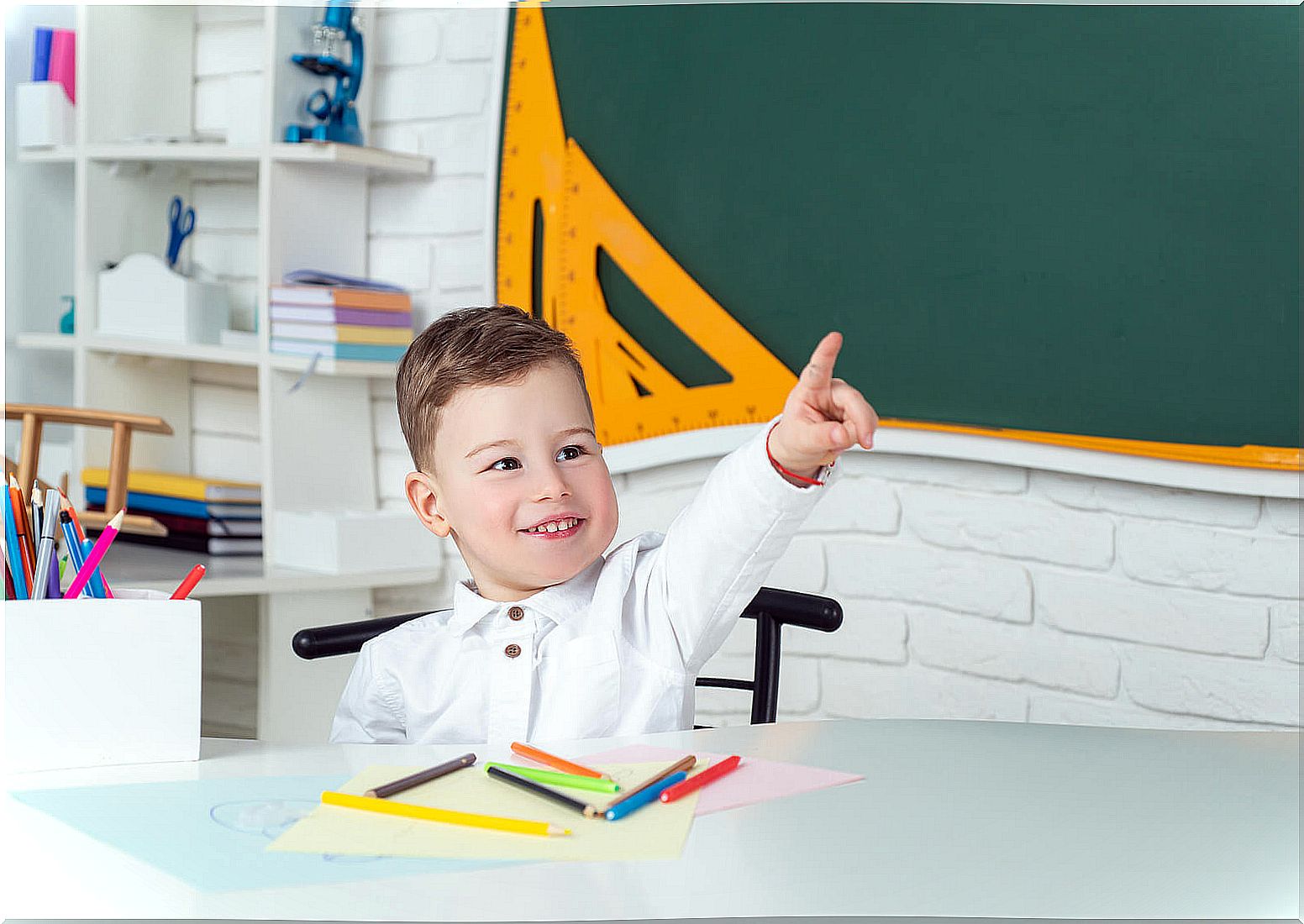
1. The age of the children
The most appropriate way to work with STEAM education in the classroom is by creating projects according to the age of the children. This will allow defining what type of skills each subject requires and what objectives the students will be able to achieve with them.
Projects for elementary school children
In the classroom of younger children, STEAM education can be implemented with interdisciplinary tasks such as the following:
- Natural sciences : seedlings, terrariums, school gardens, insect colonies, recycling experiences, etc.
- Social Sciences : building a telescope, putting together a world map, weather forecast, etc.
Projects for high school kids
STEAM education projects in high school classrooms involve the application of more complex resources. For example:
- Natural sciences : laboratory experiments, science clubs, projects on health, ecology, etc.
- Social sciences : actions to collaborate with the community, work interactively with other groups through the internet, create travel guides, etc.
All these projects, both primary and secondary, are feasible to carry out with STEAM education. This is possible thanks to the fact that they use transversal content that involves
- Registration and calculation (mathematics).
- Design to work properly (engineering).
- Use of technologies.
- Creativity.
Those exposed here are just a few examples, since all areas of study can apply STEAM education in the classroom. In addition, STEAM has another advantage, and that is that even projects or experiments that do not have good results are useful for learning, since what is evaluated is the process.
2. The role of the teacher to implement STEAM education in the classroom
The first thing that the teacher should be clear about is that STEAM is not a method, but rather an educational model adaptable to the teaching methods that each of them uses every day.
This requires the teacher or professor to take a different look at their role, since in STEAM education the teacher becomes a guide in a process in which children build their knowledge.
3. Evaluation systems
The biggest challenge of STEAM education in the classroom is adapting the assessment systems. While traditional education focuses on results, STEAM focuses on process.
The problem is that teachers are trained to evaluate results and this change would imply putting into play other types of resources to which, until today, little attention is paid.
Evaluating in students the ability to recognize the integrality of a topic, the understanding of the process, the way of working or how they build their knowledge, are novel ways of evaluating for which teachers with training in collaborative and integral teaching practices are needed..
Gradually move from theory to practice
In an interesting work, the Science Foundation Arizona and the AZ STEM Network propose four ways to implement STEAM and provide guidelines to follow in classrooms for the following models:
- Exploratory : adding STEAM to the traditional system through extracurricular activities: science fairs, robotics programs, etc. An example of this is the development of the European project KIKS ( Kids Inspire Kids for STEAM ) in which Spanish, Finnish, English and Hungarian schools participate.
- Introductory : incorporating STEAM into classes for a special purpose, such as raising a grade.
- Partial immersion : propose integrated themes between different subjects and specific projects to apply STEAM in the curriculum .
- Total Immersion : establish a school experience with cross-cutting themes that are addressed with the STEAM model.
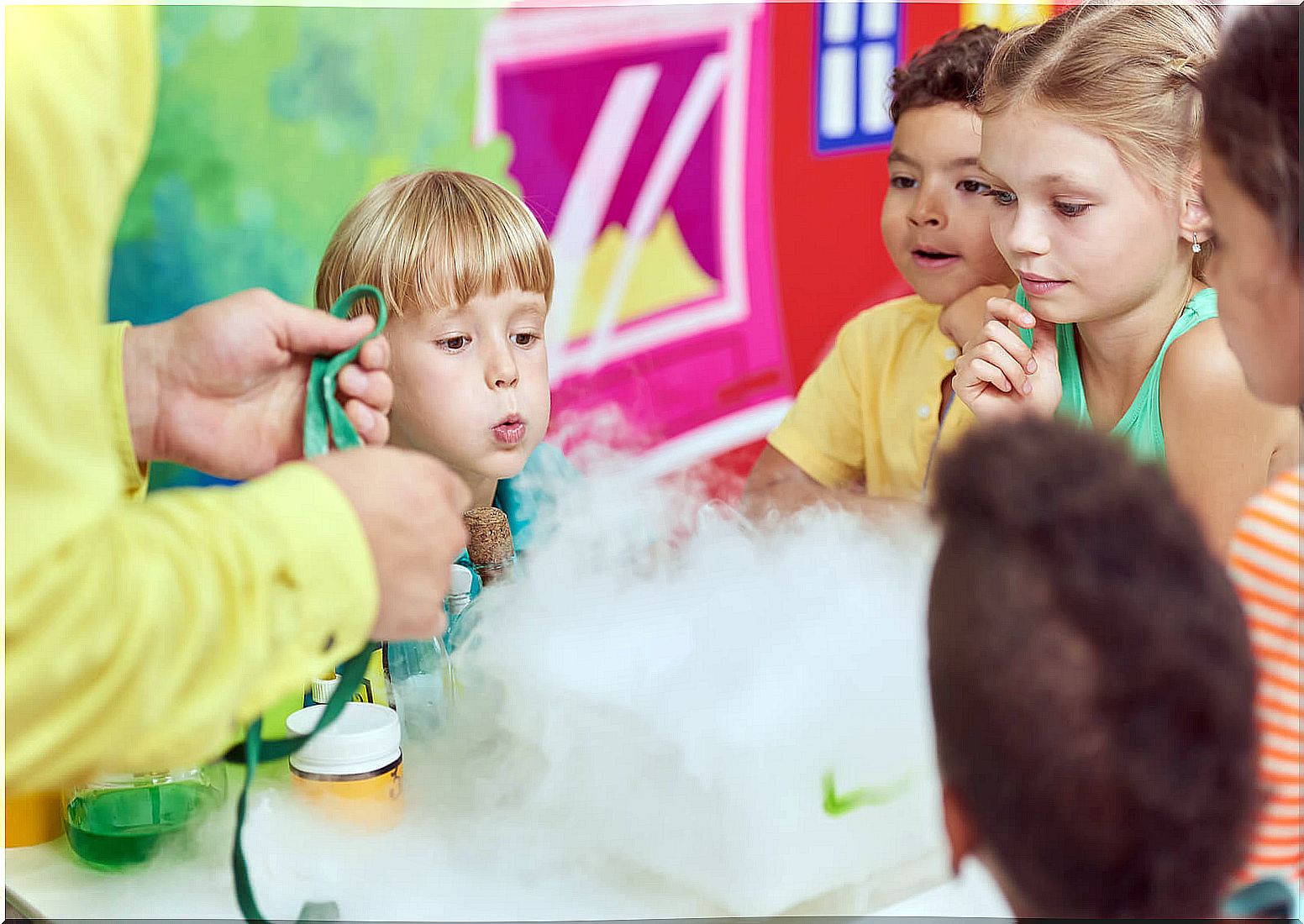
Thus, as the biologist and educator Melina Furman affirms in her book Educating curious minds: the formation of scientific and technological thought in childhood :
Why implement STEAM in classrooms?
STEAM appears as a great opportunity to train children in a holistic way and prepare them for the jobs of the future. The model teaches observing, thinking, problem solving creatively, communicating and experiencing in the first person, among other things.
The learning process that STEAM proposes is interdisciplinary, transversal, with a great imprint on the “making” ( maker). Its main objective is the joint development of all the skills required to solve problems.
While many STEAM projects place the emphasis on technology, the best example of the STEAM model is considered to come from the Renaissance era, with Leonardo Da Vinci, artist and genius who knew how to cultivate inventiveness to solve problems and create solutions.



